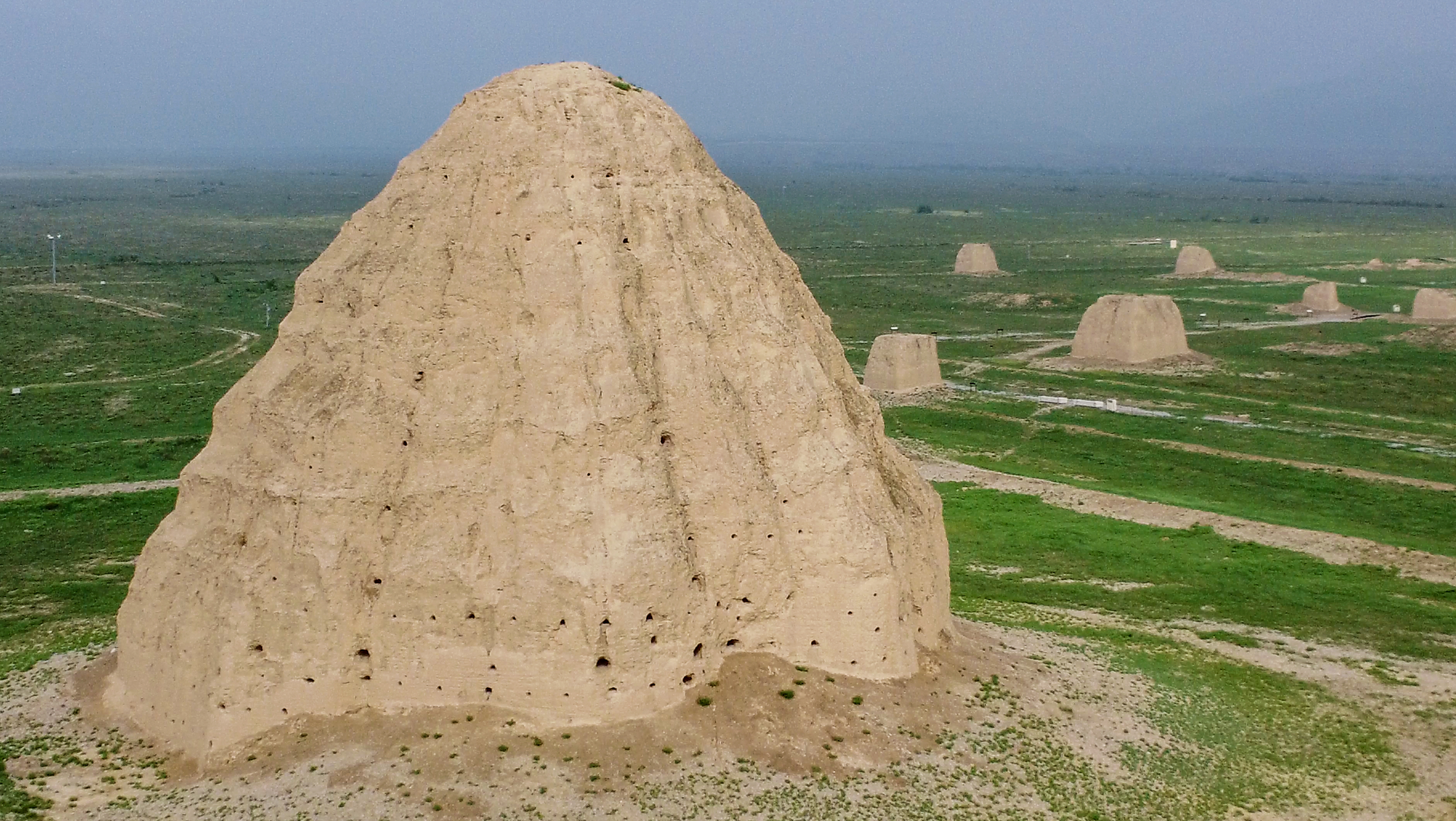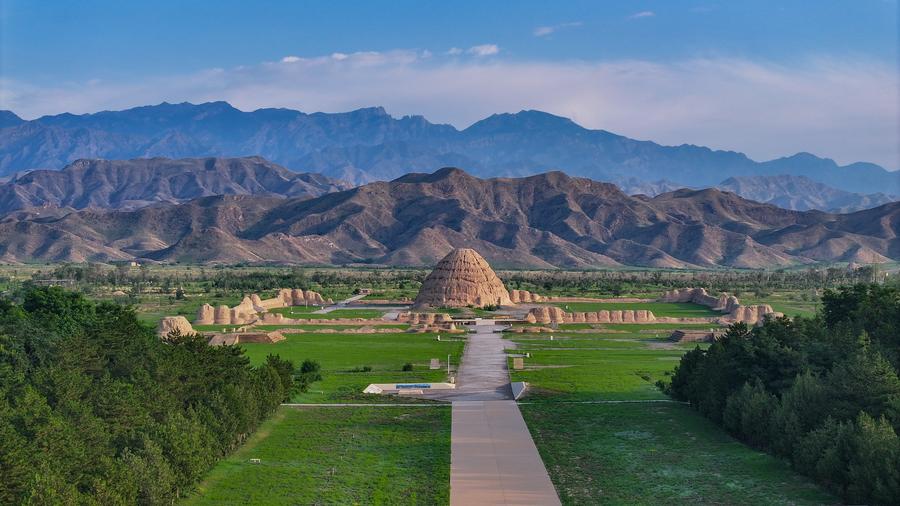By continuing to browse our site you agree to our use of cookies, revised Privacy Policy and Terms of Use. You can change your cookie settings through your browser.
I agree
Search Trends
CHOOSE YOUR LANGUAGE
- Albanian Shqip
- Arabic العربية
- Belarusian Беларуская
- Bengali বাংলা
- Bulgarian Български
- Cambodian ខ្មែរ
- Croatian Hrvatski
- Czech Český
- English English
- Esperanto Esperanto
- Filipino Filipino
- French Français
- German Deutsch
- Greek Ελληνικά
- Hausa Hausa
- Hebrew עברית
- Hungarian Magyar
- Hindi हिन्दी
- Indonesian Bahasa Indonesia
- Italian Italiano
- Japanese 日本語
- Korean 한국어
- Lao ລາວ
- Malay Bahasa Melayu
- Mongolian Монгол
- Myanmar မြန်မာဘာသာ
- Nepali नेपाली
- Persian فارسی
- Polish Polski
- Portuguese Português
- Pashto پښتو
- Romanian Română
- Russian Русский
- Serbian Српски
- Sinhalese සිංහල
- Spanish Español
- Swahili Kiswahili
- Tamil தமிழ்
- Thai ไทย
- Turkish Türkçe
- Ukrainian Українська
- Urdu اردو
- Vietnamese Tiếng Việt
Copyright © 2024 CGTN.
京ICP备20000184号
CHOOSE YOUR LANGUAGE
- Albanian Shqip
- Arabic العربية
- Belarusian Беларуская
- Bengali বাংলা
- Bulgarian Български
- Cambodian ខ្មែរ
- Croatian Hrvatski
- Czech Český
- English English
- Esperanto Esperanto
- Filipino Filipino
- French Français
- German Deutsch
- Greek Ελληνικά
- Hausa Hausa
- Hebrew עברית
- Hungarian Magyar
- Hindi हिन्दी
- Indonesian Bahasa Indonesia
- Italian Italiano
- Japanese 日本語
- Korean 한국어
- Lao ລາວ
- Malay Bahasa Melayu
- Mongolian Монгол
- Myanmar မြန်မာဘာသာ
- Nepali नेपाली
- Persian فارسی
- Polish Polski
- Portuguese Português
- Pashto پښتو
- Romanian Română
- Russian Русский
- Serbian Српски
- Sinhalese සිංහල
- Spanish Español
- Swahili Kiswahili
- Tamil தமிழ்
- Thai ไทย
- Turkish Türkçe
- Ukrainian Українська
- Urdu اردو
- Vietnamese Tiếng Việt
Copyright © 2024 CGTN.
京ICP备20000184号
互联网新闻信息许可证10120180008
Disinformation report hotline: 010-85061466



















The UNESCO World Heritage Committee has concluded its week-long session in Paris with a landmark announcement. In all, 26 new sites have been inscribed on the World Heritage List, underscoring a global commitment to protecting places of exceptional cultural and historical importance.
One of the most celebrated moments came with the successful inscription of China's Xixia Imperial Tombs, located at the foot of the Helan Mountains in the country's northwest.
This was China's sole nomination at this year's session and its approval drew cheers and applause from the Chinese delegation.
'Unique representation'
The UNESCO committee praised the tombs for their unique representation of Silk Road cultural exchanges and highlighted China's "holistic and systematic" conservation strategy.
Xiao Li, Deputy Director-General of the Department of Cultural Heritage Sites, reaffirmed China's commitment to this approach.
"The National Cultural Heritage Administration will continue to work closely with the Ningxia Hui Autonomous Region to implement the resolutions of the World Heritage Committee, faithfully fulfil the obligations under the World Heritage Convention, and protect this cultural treasure of all humankind," said Xiao.
The Pagoda of Mausoleum No. 3 at the Xixia Imperial Tombs. /Administrative Office of Xixia Tomb Area of Yinchuan City
As host country, France also had reason to celebrate. Both of its entries – the Megaliths of Carnac and the Banks of the Morbihan – received World Heritage status.
The Carnac megalithic site, located in Brittany, features over 3,000 prehistoric standing stones, making it the largest such collection in the world. The inscription was celebrated in traditional style, with the sound of the bagad – a Breton pipe and drum band – echoing through the courtyard.
Olivier Lepick, Mayor of Carnac, expressed the significance of the recognition.
"This is like the Great Wall of China for us," said Lepick. "What's also very touching is that France has 53 World Heritage labels and none of them were in Brittany, my region.
"Brittany people are very, very proud of their culture, their food, their music, so it's a kind of revenge to have this label in Brittany, and I think the people are very, very proud."
Unearthed Jialingpinjia figure from the Xixia Imperial Tombs. /Administrative Office of Xixia Tomb Area of Yinchuan City
African success
In a major preservation success story, three African properties – in Madagascar, Egypt, and Libya – have officially been removed from UNESCO's List of World Heritage in Danger.
The decision follows substantial efforts by local and international authorities to reduce the threats facing these sites.
This move was widely viewed as a positive step in reinforcing UNESCO's mission and progress in protecting heritage under threat.